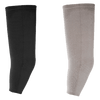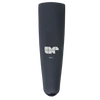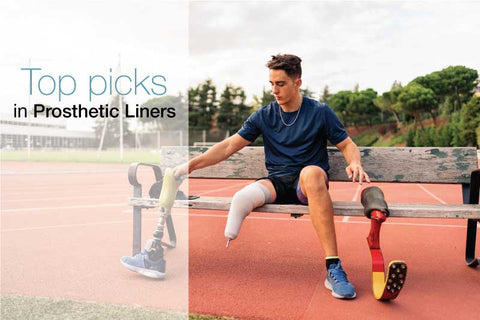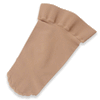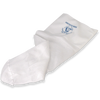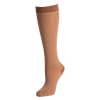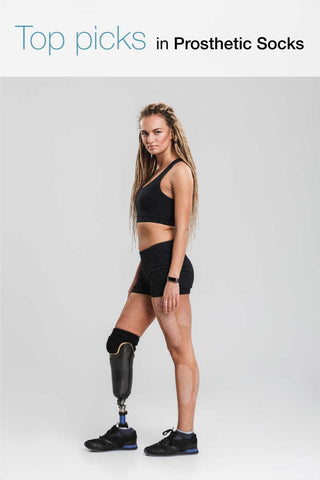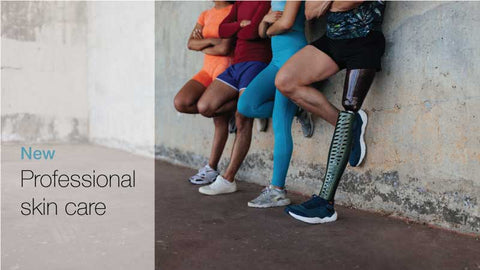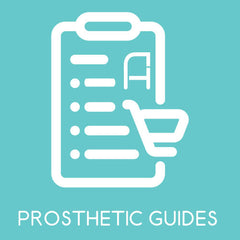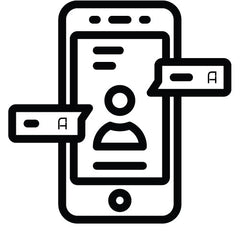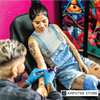Building Confidence Step by Step: UNLV’s Training Method Transforms Lives
Reading Time: 4 minutes
Researchers at the University of Nevada, Las Vegas (UNLV) are testing a new rehabilitation approach designed to enhance confidence among users of lower-limb prostheses. This new regimen emphasizes walking on uneven terrains, a notable departure from traditional rehabilitation methods that primarily focus on flat surfaces.

The motivation behind this research stems from the observation that there is a significant gap between merely wearing a prosthetic device and effectively using it, explained UNLV clinical scientist Jenny Kent. Mastering the skills necessary to stand, walk, balance, and sit with a prosthetic limb is essential to prevent a range of long-term health issues, including physical limitations and mental health challenges.
To address this, Kent and Szu-Ping Lee, an associate professor at UNLV and a physical therapy researcher, developed a new training method to help individuals gain more confidence while navigating various surfaces.
As current rehabilitation typically limits exercises to flat ground, this new approach aims to inspire clinicians to integrate various surfaces into their training sessions, encouraging patients to practice walking on uneven ground instead of avoiding it.
Lee emphasizes the importance of this research in aiding patients in their adjustment to limb loss, thereby significantly enhancing their quality of life after amputation. Successfully adapting to a prosthesis not only fosters independence and mobility but also contributes to lowering the risks of depression and various mental health issues.
Targeting real needs
The initial phase of establishing UNLV’s new prosthetic training program involves collecting information directly from the target demographic. However, recruiting participants for a study that focuses on individuals with limb loss presents significant challenges, highlighting the very issues that Kent and Lee are aiming to address.
Kent noted that the population of individuals with major limb loss is relatively small, making research recruitment quite difficult. Additionally, she noted that individuals with severe mobility limitations are often less inclined to participate in studies due to the challenges they face with transportation and mobility.
Members of the research teams led by Kent and Lee conduct monthly meetings with the Las Vegas Amputee Support Group at Encompass Health Rehabilitation Hospital in Henderson, where Lee acts as the group coordinator. These interactions provide valuable insights into the challenges faced by individuals living with limb loss.
Kent and Lee find the support group to be a vital resource, as it allows them to hear firsthand about the concerns and needs of the community they aim to assist through their research.
Kent noted that the group’s feedback is helping them focus on the individuals’ real needs rather than the perceived needs. They plan to pilot a new training approach within a small group to identify necessary modifications that will enhance the program’s effectiveness.
Lee pointed out that new amputees often find the transition out of rehabilitation frustrating. He explained that while rehab environments are generally safe and supportive, the real world can present major challenges. For instance, in rehabilitation, patients can rely on supportive equipment like parallel bars, but outside of that environment, falls can occur without such safety nets, highlighting the disconnect between therapy and everyday life.

UNLV physical therapy students gain hands-on insight as an amputee shares his experience with his prosthetic limb. (Image: Josh Hawkins/UNLV)
By listening to individual experiences, Kent and Lee are better equipped to develop comprehensive protocols tailored to the needs of a community eager for new guidance and support.
Integrating peer support
The research team is also exploring how to integrate peer support into post-amputation rehabilitation. This focus is a significant aspect of their current and future grant objectives, and preliminary findings from Lee indicate promising results.
Lee indicated that individuals who receive peer support tend to achieve improved mobility outcomes, noting that these individuals report being able to move around more effectively. He emphasized that while these support groups do not serve as a substitute for physical therapy, they provide participants with the opportunity to engage with others who share similar experiences.
Kent expressed optimism about the progress made so far. Although there is still much work to be done, each new piece of information is valuable, especially as limb loss becomes increasingly prevalent globally.
Related reading:
Getting Your First Prosthetic Leg? Read This First
How to Get the Most Out of Your Physical Therapy Sessions
How People With Lower-Limb Loss Can Improve Gait Through Exercise

